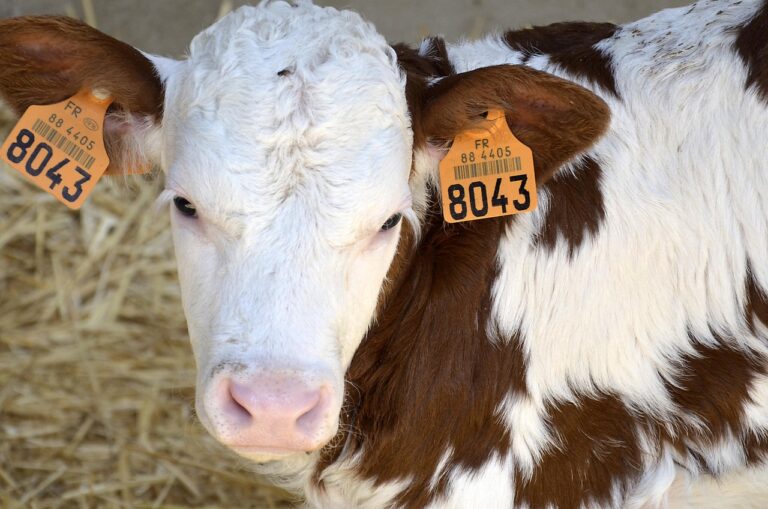Beef prices in the United States have surged to record levels, turning into a major political flashpoint. Donald Trump, who once proclaimed that inflation was “dead,” now faces growing pressure as rising beef costs threaten his pledge to lower grocery bills for American families. This week, he took to social media to urge ranchers to cut cattle prices. But his call — and other proposals from his administration — have triggered anger among ranchers who say his ideas could harm their livelihoods without easing the burden on consumers.
Shrinking herds and vanishing ranches
The number of US cattle ranchers has fallen for more than 40 years. Domestic beef supplies have dropped while demand remains strong, driving up prices. The national cattle herd is now at its smallest in almost 75 years. Since 2017, the US has lost over 150,000 cattle ranches — a decline of 17%, according to the Agriculture Department.
Ranchers say they are trapped by decades of consolidation among major meat processors, which limits competition and keeps prices low for livestock. Rising costs for fertiliser, feed, and equipment have worsened their struggle. Persistent drought has also forced many to reduce their herds.
In Illinois, rancher Christian Lovell said once-green pastures have dried into dust. “You put all these together and you have a recipe for a really broken market,” said Lovell, who works with the advocacy group Farm Action.
Beef prices race past food inflation
Retail beef prices have risen far faster than general food inflation. Ground beef jumped 12.9% in the past year, and beef steaks rose 16.6%, according to government data. A pound of ground chuck now costs $6.33, up from $5.58 a year ago. Meanwhile, overall food inflation stands at 3.1%.
“The cattle herd has been shrinking for several years, yet people still want American beef,” said Brenda Boetel, an agricultural economics professor at the University of Wisconsin, River Falls.
Derrell Peel, a professor at Oklahoma State University, expects prices to stay high until the decade’s end. He said rebuilding herds takes years, leaving the Trump administration with few immediate solutions.
Import plan sparks political firestorm
The Agriculture Department announced a new initiative to boost domestic beef production by opening more grazing land and supporting small meat processors. But controversy erupted after Trump proposed importing more beef from Argentina, potentially quadrupling the current volume.
Eight House Republicans sent a letter to the White House warning that the plan could devastate US ranchers. Even the National Cattlemen’s Beef Association, normally aligned with Trump, condemned the move, saying it “creates chaos for producers while doing nothing to cut grocery prices.”
Trump defended his actions, citing tariffs on Brazilian beef imports. “They have to get their prices down,” he wrote. “The consumer is a big factor in my thinking.” But the backlash persisted.
Justin Tupper, president of the US Cattlemen’s Association, said only the four major meat packers would benefit. “I don’t see that lowering prices here at all,” he said.
Big processors dominate the market
Experts say true reform must tackle the dominance of four corporations — Tyson, JBS, Cargill, and National Beef — which control over 80% of beef slaughtering and packing in the US.
“These are consolidated markets gouging ranchers and gouging consumers,” said Austin Frerick, an agricultural and antitrust expert at Yale University.
The processors face multiple lawsuits, including one from McDonald’s alleging they colluded to inflate beef prices. Earlier this year, Trump repealed a Biden-era order that aimed to combat corporate concentration in food industries. Yet his administration has started new investigations into competition issues in agriculture.
Ranchers fear for the future
In Kansas, rancher Mike Callicrate has survived by bypassing meat packers and selling directly to consumers through his own stores. But he admits that most ranchers cannot afford to do the same. Many have quit and see no reason to return.
“We’re not going to rebuild this cow herd — not until we address market concentration,” Callicrate said. He supports plans to expand grazing land but insists, “Without a fair market, you’re a fool to get into the cattle business.”
Bill Bullard, head of trade group R-CALF USA, closed his 300-cow operation in South Dakota in 1985 when consolidation began. He said ranchers have only recently seen higher prices because supplies are so low that processors were forced to pay more.
Yet Bullard said many remain skeptical. Heavy dependence on imports and the power of meat processors persist, leaving ranchers uncertain about the future. “He’s focused on the symptoms, not the problems,” Bullard said of Trump’s approach.
For now, the price of beef remains a political and economic battleground — one that pits farmers against processors, consumers against costs, and Trump against rising anger in America’s heartland.


